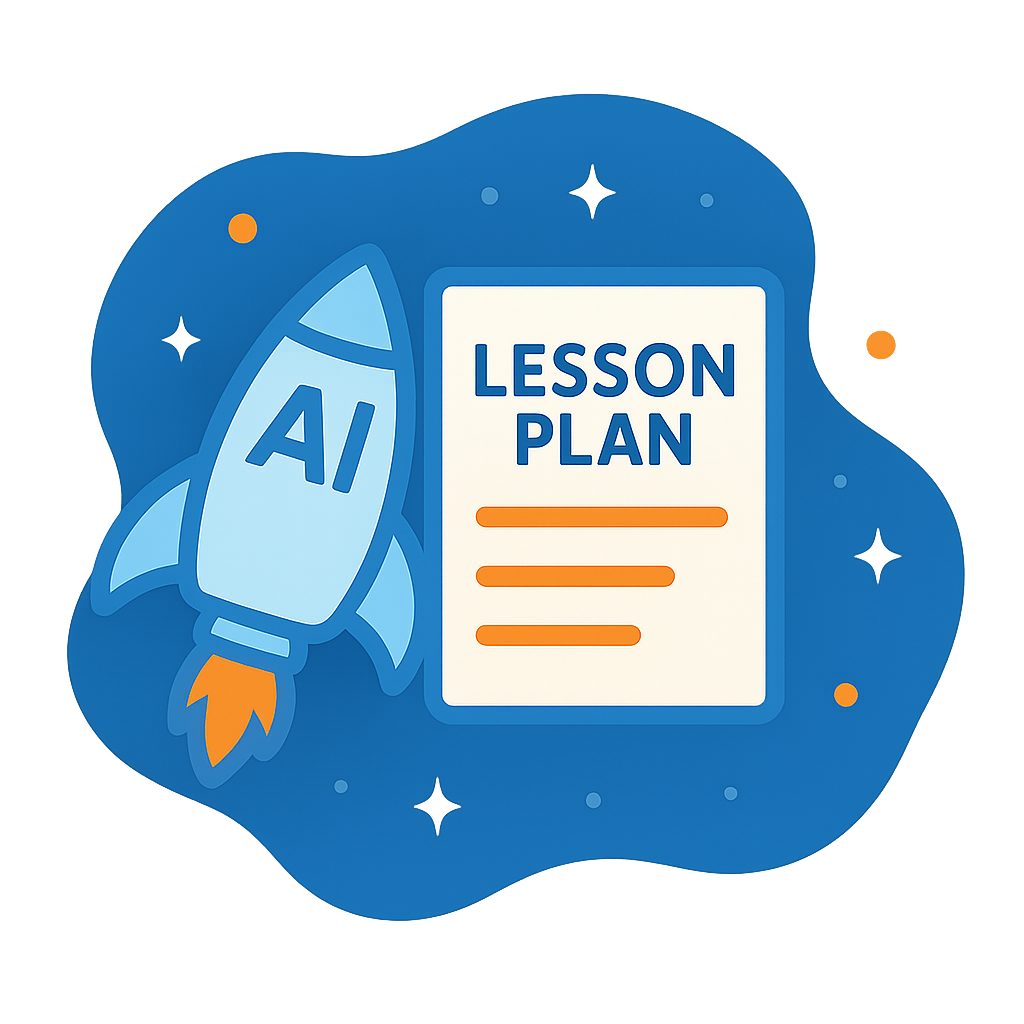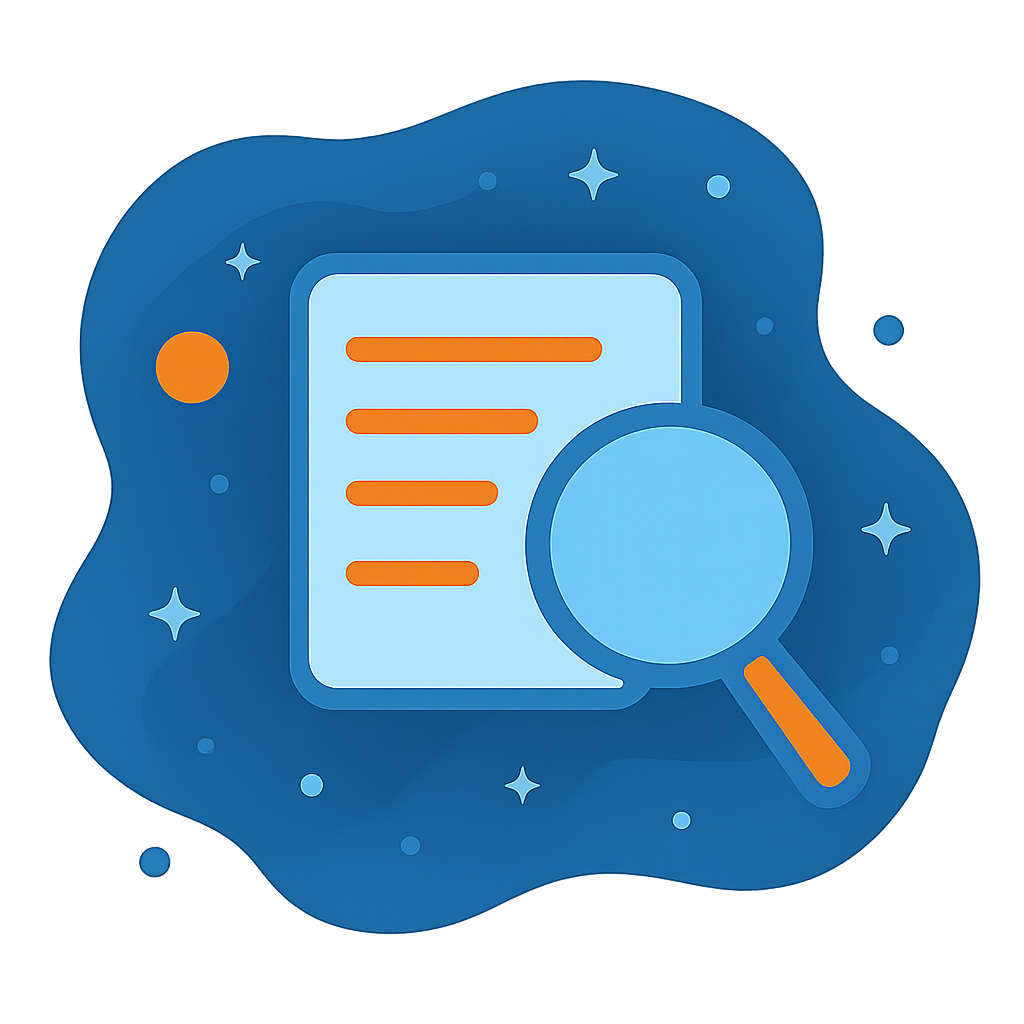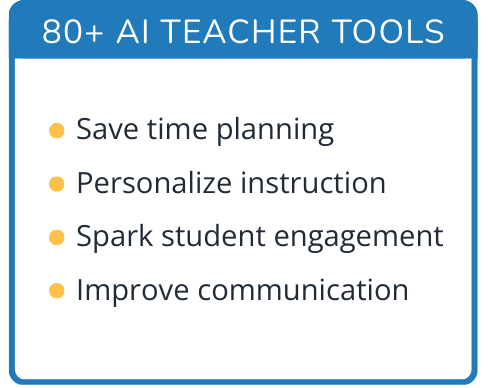Hi, what do you want to do?
Curated OER
Earth is Round?
Third graders discuss how Aristotle concluded that the Earth was round. As a class, they review theories about the Earth's shape and describe how life on Earth would be different if it were flat. Individually, they make a moon book in...
Curated OER
It's A Mystery To Me
Students become both mystery readers and writers. They utilize the Internet to understand the elements of this classic genre; employ critical thinking skills when reading various stories in both print and electronic formats; form groups...
Curated OER
Hooverville Diorama
Fifth graders explore life during the Great Depression. In this Great Depression lesson, 5th graders gain an understanding of what life was like during the Great Depression. Students draw conditions that families lived in and...
Curated OER
Dr. Seuss
Students read books by the same author and compare what they find. In this Dr. Seuss lesson, students learn about Dr. Seuss' writing style, listen for the rhyme scheme in his stories, and create a KWL chart on Dr. Seuss. ...
Curated OER
Inventions Change the World: The Enigma Machine
Third graders explore WWII by analyzing technological advances. In this invention lesson, 3rd graders discuss the use of the Enigma machine which decoded private German messages that communicated with U-boats. Students utilize a timeline...
Curated OER
Historical Heroes
High schoolers determine whether the ends truly justify the means by examining the behavior of historical and fictional heroes. They view and discuss film versions of Gangs of New York and Les Miserables. Then they break into small...
Curated OER
Exploring Bloom's Taxonomy Through Eric Carle Collage Technique
Students participate in shared readings of Eric Carle's books and investigate the art and story elements. They create a collage and answer questions.
Curated OER
1st Grade - Act. 14: Who's in Your Family
First graders create classroom graph of their family members after reading book, Family.
Curated OER
Walk in My Shoes
Young scholars discover how culture, geography and history affect how someone views an area of the world. They role play the role of a Palestinian, Jew or Briton and examine how they felt about Israel during its formation. To end the...
Curated OER
Dr. Seuss Author Study
Students listen to a story, then use the same format to write a class book.
Curated OER
Electricity and Magnets
Fifth graders find examples of magnets in or around their homes and make a list. They discover that some motors use magnets and make a simple motor using magnets, a battery and copper wire. They add to their magnet list.
Curated OER
Water Cycle
Third graders define and discuss evaporation, precipitation, condensation, and collection, color web pages to illustrate Water Cycle book, listen to stories about Water Cycle, play trivia game to demonstrate knowledge of what they...
Curated OER
Roller Coaster Fun
Third graders review the effects of gravity on how objects move. In groups, they design a roller coaster and share it with their classmates. Using materials given to them, they build their roller coaster and let a ball roll on the...
Curated OER
Unequal Groups vs. Equal Groups
Third graders read and discuss math story problems and analyze if the story is using equal groups or unequal groups. They listen to the book "12 Ways To Get to 11," and simulate the story using beads on a pipe cleaner. Students then...
Curated OER
Center Stage—Focus on Poverty
Students explore the concept of philanthropy. For this service learning lesson, students examine stereotypes and discrimination based on socio-economic status. Students prepare to work with people of diverse backgrounds in service...
Curated OER
Peace Doves
Students explore ways to obtain world peace. In this character education activity, students read the book Peace Begins With Me and brainstorm a list of ways students can create a more peaceful world. Students use included dove patterns...
Curated OER
Good Health Care
Students work in collaborative groups researching topics such as nutrition, the benefits of exercise on the body, dental and personal hygiene. They conduct interviews, create charts and posters, and report their results with a written...
Curated OER
Bringing Justice Home ~First Steps toward Community Action
High schoolers explore activities that might some day bring "justice for all" to their communities. They assess how justice is a day-to-day, life or death matter that faces their communities. Interviews are conducted to explain how...
Curated OER
Artist Mice Art Nice
Students help create "Art picture frames" that display their own artwork throughout the year in this exciting lesson for the pre-Kindergarten classroom. The "frames" are then decorated with small mouse cutouts and pictures of each student.
Curated OER
Trait Variations for Survival
Young learners examine how different traits could give one organism an advantage over another. In groups, they view two different organisms in different environments. To end the lesson, they complete a Venn Diagram on the two organisms...
Curated OER
Shoebox Dig
Students participate in a simulation in which they dig for artifacts in a shoebox filled with objects. In groups, they record the types of material and artifacts found in each layer. To end the lesson, they answer questions on the...
Curated OER
Negative Feedback Op-Amp Circuits
For this electrical worksheet, learners design and build a op-amp model to grasp the understanding of op-amp circuits before answering a series of 21 open-ended questions that include schematics. This worksheet is printable and there are...
Curated OER
Linear Computational Circuitry
In this electrical worksheet, students draw a schematic design circuit board to grasp the understanding amplification in linear circuitry before answering a series of 35 open-ended questions pertaining to a variety of linear circuitry....
Curated OER
Precise Diode Circuits
In this electrical circuit worksheet, students construct a model of a diode circuit to demonstrate understanding. They analyze schematics and answer a series of 13 open-ended questions about diode circuits. This worksheet is printable...




























